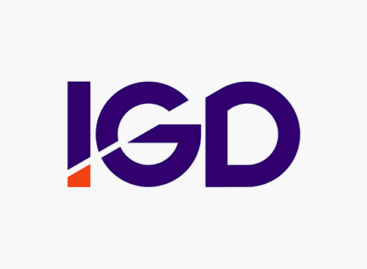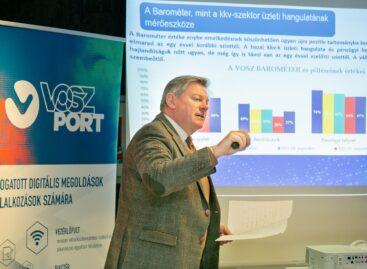The end of the recession is unpredictable
In 2009 the decline of GDP in the entire European Union will probably close to 2%, within this the downturn in Germany and consequently in Hungary will be somewhat deeper.
The forecast prepared by GKI Economic
Research Co. in co-operation with Erste Bank shows that both the
depth and duration of the global recession are for the time being
completely unpredictable. At the moment it appears that the situation
will most likely start improving in late 2009, but the actual
developments could be more positive or more negative alike.
It is
almost sure, that the deficit of the general government in Hungary
will well below the Maastricht criterion in 2009. Strict monitoring
of the IMF agreement makes the fulfillment of the 2.6% deficit target
very likely. There is a risk on the revenue side stemming from the
larger than originally planned decline of the economic activity and
lower inflation, which cannot be outweighed by the expected higher
wages – because of the decreasing employment. The reserve account
of the budget will likely be insufficient to fully compensate for
this. Nevertheless, the deficit can be reduced. If there is a need,
some revenue items, e.g. the excise tax on fuel can be (temporarily)
increased. Given the decreasing inflation, certain expenditure items
can be partially frozen. At the same time, it is also essential to
reduce the current account deficit, as the money market situation has
made foreign financing very difficult and expensive. Practically, it
is the shortage of funds that makes the reduction of external deficit
indispensable. Improvement can be achieved through increase of the
trade surplus and the EU transfers.
In 2009 the output of the
Hungarian economy will shrink by approximately 2.5%. This will be
attributable to two factors: first, the expected decline in the
output of agriculture assuming average weather conditions following
the sector’s growth in 2008; second, the increasingly rapid decline
in the rest of the business sectors, which started already in 2008.
Industrial production is expected to decrease by 3%, but –after the
significant decline in the first half of the year – fourth quarter
could bring some growth compared with the low basis figures. The
downturn in the construction sector – that started two years ago –
continues in 2009 (although by only 3%). The scarcity of credit
sources holds back the public, business and household investments.
The competition that has been characteristic in most of the business
sector becomes more intense due to the shrinking demand. This will
likely result in bankruptcies in the category of smaller
undercapitalized businesses and in large-scale acquisitions across
the globe at a number of well-capitalized corporations. The shortage
of funds will intensify the problem of debt chains. On the other
hand, the terms of trade will improve by 1% in 2009.
Gross
earnings will rise by about 4% in the business sector, while the
public sector will see a 1% decline. Overall, this will yield a
modest, approximately 1% drop in real terms. Inflation will fall
rapidly in early 2009, as global energy and agricultural prices drop.
The annual average price increase expected to be 2.8% (around 2.5% at
the end of the year). The savings propensity of households will be
rising. This will be attributable partly to unavoidable circumstances
(limited access to credit and rising costs) and partly to interest
(high yields and interests on deposits, rising down payments for
loans, which, in turn, take longer to raise). Consumption expected to
fall at a faster rate than real earnings (by about 2.5%). Investments
will continue to decline in 2009, approximately to the level of 2004.
This is due to the recession as well as the shortage (and
unrealistically high price) of credit. Net EU transfers will be up
from 1.5 billion euros in 2008 to 2.5 billion in 2009.
Related news
Related news
Waves in the company trend – the changing faces of liquidations and company formations
Even with decreasing terminations, decreasing numbers of companies in the…
Read more >IGD: Retail media and increased efficiency will be important in 2024
This article sets out to summarise the retail trend predictions…
Read more >Domestic businesses are planning cautiously but consciously – VOSZ Barometer business sentiment analysis – Q1 2024
Uncertainty is still strongly felt in the business mood of…
Read more >




